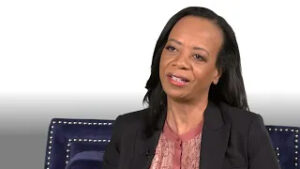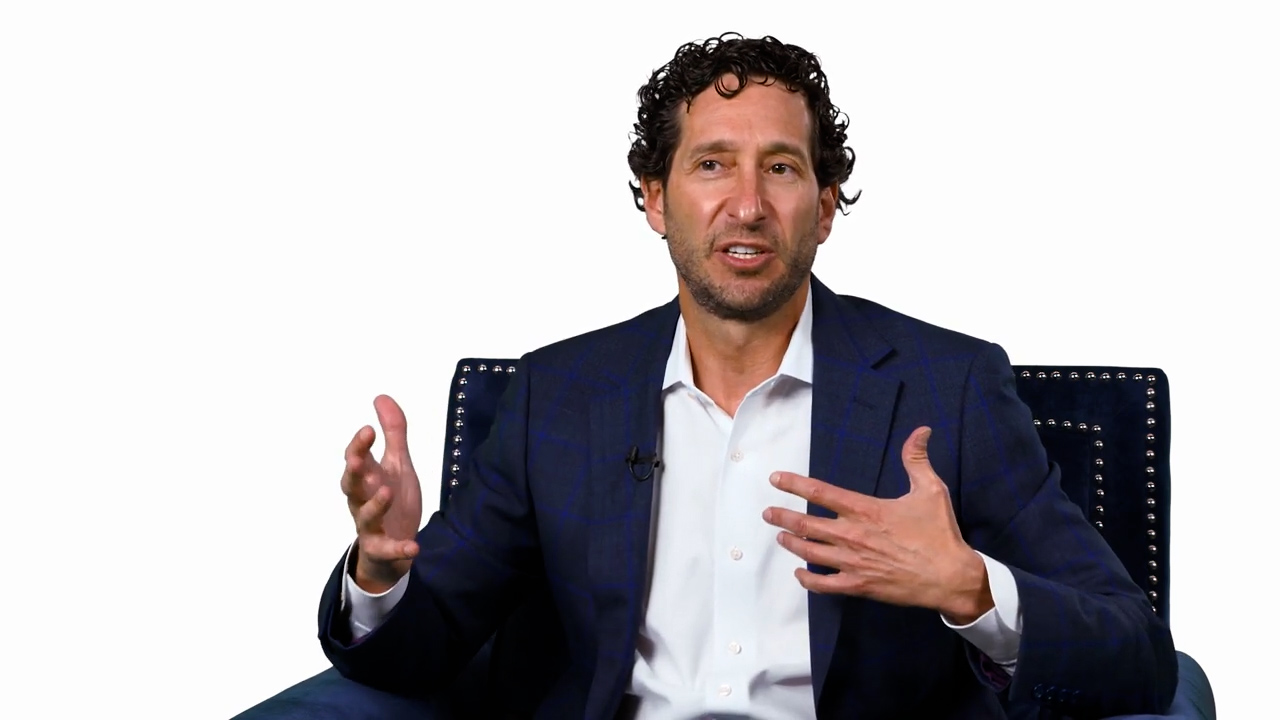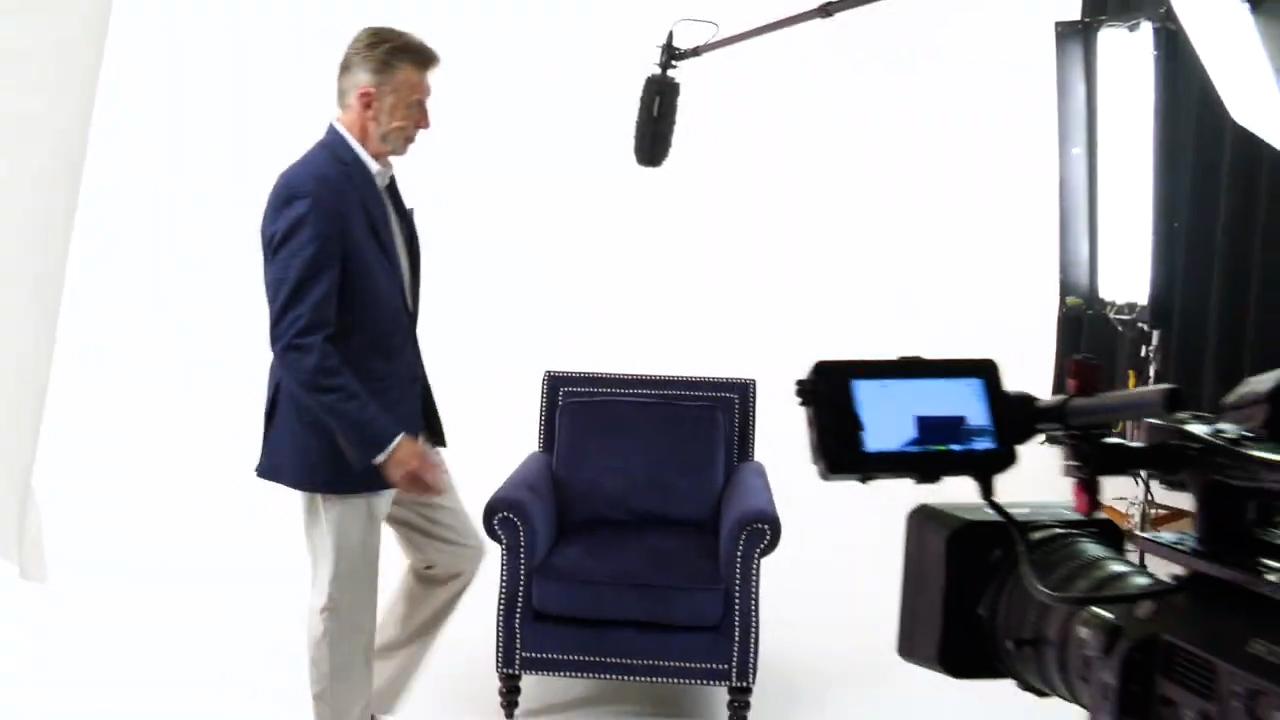
Few industries have had as many changes in recent years as the media industry. Social media, credibility challenges and how information is now delivered and absorbed have all contributed to a shift in the way media organizations operate. Discussing the ups and downs, executives representing media in Nevada recently met at the Las Vegas offices of City National Bank.
Connie Brennan, publisher and CEO of Nevada Business Magazine, served as moderator for the event. The magazine’s monthly roundtables bring together leaders to discuss issues relevant to their industries. Those discussions are recorded and a condensed version is included in the following pages.
How does media continue to change?
Steve Schorr: I do digital news, both in video and some in-print form. The audience is changing and their tastes are changing, but the opportunities there are tremendous.
Chris Way: Folks are finding media in such a niche way that they go and find content that reinforces their views. That’s not even just a polarizing force, it’s a multiple force where it drives people to specific content and specific views and beliefs. It makes it more difficult for us to have a common ground where we can talk about issues as a community and it seems it makes the divide a bit stronger. Peoples’ beliefs are much stronger so it’s harder for us to find common ground.
Eddie Escobedo, Jr.: We’ve been dealing with the Hispanic niche market for 40 plus years. It is changing quite a bit in our market also. We are not getting the same influx of new residents as we were accustomed to that was increasing sales all the way across the board for our publications and our other media. With the situation with immigration right now, we’re relying on those that have been here, more established, primary residents. We’re trying to move forward to the next generation which is a little difficult because it is through digital. It’s an ever-changing, fast-paced, breakneck speed to learn how we need to communicate to the next generation.
Todd Brown: With radio, print and TV, all three of us are probably challenged with maintaining relevancy with an ever-growing, emerging marketplace that technology is being handed to us at a breakneck speed. Being able to be relevant and credible across all the platforms that are now providing content is probably the biggest challenge that we have.
Kevin Stoker: I’m teaching a very introductory class [on journalism and media] and the first assignment I had was media reporting. [I asked students], where did they get their media? It’s multiple sources but it’s not any of our sources, for the most part. Mostly they’re getting [media] through Twitter and YouTube. In fact, YouTube seems to be the new trend that I’m seeing; more of them are getting news through YouTube. That’s a big challenge.
How do you stay relevant?
Larry Strumwasser: I think television as a whole is more relevant now than it ever has been. A perfect example is years ago, when Google and Apple came out with TV, Google TV and Apple TV, it failed miserably, because they realized they couldn’t do it on their own. They need television to be a component of that platform. These digital platforms need television to succeed.
Lisa Howfield: We’re really the original technology company. We were able to get content, information and entertainment into homes or into cars well before the launch of YouTube or Google. We really have a challenge getting ourselves redefined in the eyes of consumers. If we don’t do that we are going to fall by the wayside. In the bigger picture, one of our biggest challenges is redefining, in the eyes of consumers, who we are, what we represent and that we’re not just a TV or radio station. We are content providers that have been here a long time. Not only that, we came from an era of responsibility. And I think that is what sets us apart from all the other content providers out there that younger consumers are gobbling up. That’s the good news, they like to gobble up information, but it’s not always reliable. Now we’re getting stuff with the fake news content because they’re getting it from sources that are not reliable.
Way: The situation we’re in is forcing us to up our game literally. And the notion of relevancy is not just how relevant we are as an industry but it’s also how relevant the content is to our audience. We’re all looking to make sure we don’t do stories that, essentially, no one will care about or watch. We’re working harder to educate our staff and to get them connected to our communities.
How Big of an issue is media credibility?
Schorr: I think the biggest challenge that we face today in the media is ensuring the credibility you have with the audience. I don’t see that the general public, for the most part, is able to separate what it sees as fake news and credible news. Over a period of time, we’ve lost that credibility. Anytime you go back to bringing credibility to the forefront, you gain. I don’t care what the platform is whether it be television or digital or podcast, it doesn’t really matter. What matters is whether or not you have developed credibility with the audience to believe what you’re telling them is the truth.
Paul Stowell: And, we don’t have a Walter Cronkite today. When he said, “That’s the way it is,” everybody believed it. Credibility, reliability and trust are key. I loved Walter Cronkite and when he said something, I believed it.
Howfield: There should be healthy skepticism out there on what we’re producing. Let’s embrace that and let’s address it in the way that we produce our content. We have to be more careful now and more complete in the way we deliver news stories. We’ve done focus group studies where, if you left out one piece of information, they felt that was a fake news story. We really have to change our mindset in our news department or anything that we’ve been doing online, that we are much more complete. You can’t overlook even the smallest detail anymore and honestly, I feel like it’s pushed us to a higher standard.
Brown: We did some research just a few weeks ago about fake news that I was encouraged by. The takeaway of [the research] is that, especially in Vegas, a local broadcaster is seen as a more credible source with news than anything else. I was very encouraged by that and the credibility, believability, all those factors were there. It’s up to us to maintain that but also be fairly in balance. That’s where the truth really lies and that’s where you have to be very balanced.
Mitch Fox: It’s almost, in my view, the Golden Age of local broadcasting. If you look at how broadcasters responded to the floods in Northern Nevada and to 1October, people said, “This is how I’m going to get my news. It’s going to be factual, it’s going to be accurate, it’s not going to be something that’s tweeted that may be inaccurate, it’s not gonna have a bias.” Broadcasters stepped up to the plate in a profound way just based on these emergencies.
Schorr: We’ve got to be more aware as an industry that when we’re reporting “news”, that it is news, that it is not opinion. The opinion of the anchors or reporters should not have an impact. I think when you throw in opinion, that’s where it breaks down the audience. The audience expects, when they watch a newscast, whether it be a digital newscast, a podcast or a broadcaster, that it’s the news; it’s not opinion. If they want opinion, they have plenty of places to go for opinion.
Escobedo: I have 15 year-old twins, they don’t watch news. They don’t watch TV. YouTube is all they do all day long, [that’s where] they get their news. When you talk about fake news, they’ll say, “But Dad they’ve got 300,000 hits. There’s got to be some truth to it.” It’s kind of hard to convince them, just because 300,000 people have seen it doesn’t make it the truth.
Bonnici: I’ve watched my kids grow and my nieces and nephews grow. Five years ago there were all about all the digital stuff to get their information. Now, as they’re in their 30’s, I’m watching them and they’re back into the traditional stuff. It’s kind of interesting, when they were younger they were all about everything technology. Today they’re back to watching network television.
Does the reputation of national news outlets affect the local stations?
Howfield: I think it absolutely impacts it. Having worked at the NBC station here for over 20 years, they get a sense of what the network represents and they know enough about your station, they feel like you are still reflective of that national network reputation. It’s just consumer perception. Unless you’re wanting to be painted with that broad stroke of whatever the national network reputation is, then it’s your responsibility to present yourself at the local level.
Stoker: The statistics support that.Local TV is down, but still much higher and more respected than cable and network. I think the major challenge here is that most of the folks are looking for news from two or three different locations. How do you make your location the place that they go for that content? I do think that’s the big issue. How do you make your content relevant?
Brown: We’ve never been more diametrically opposed. An audience member would go to Fox News or CNN to have their ears tickled because they want to reinforce their beliefs. And it’s a little dangerous because I’m going to one side or the other and not looking at both sides, and all of that is just opinion. But they don’t take it as opinion. They take it as gospel and I think that’s where we get to a little bit of a push and pull situation on that side of the equation.
Strumwasser: If you wanted to watch opinion television, the best example is CNN versus Fox News Channel. They have their points 100 percent of the time. It couldn’t be any clearer who they’re voting for or who they’re for economically. It’s very clear, on those two cable networks at least. I think local television is completely unbiased.
Where is the media industry headed?
Schorr: The industry changes on a regular basis; it does not remain stagnant. Depending on where digital goes, I think the discussion [about media] will be very similar. How are you going to change to meet the growing needs of the viewer? How are you going to meet the growing changes that they’re seeking to get information while still remaining credible and providing news as news is supposed to be? I think that’s not going to change.
Bonnici: Something that has not been talked about today that I’ve been able to watch in radio and television that I think will impact the next five years is, who owns the product? What big company, or what small company, owns the product that we’re working? That has a huge impact. I’ve watched how TV frequencies change hands and get better. I’ve watched TV stations get worse. I’ve watched radio stations do the same. Companies going in and out, big companies come in and buy up broadcast and then all of a sudden, they’re in bankruptcy and they’re not doing certain things local. A lot of the future has to do with who’s going to own these companies five years from now?
Stoker: As television companies, you’re going to be solving what the consumer wants both in advertising and in news content. You will look more like content creators. You’re doing podcasting, you’re expanding, you’re doing print, you’re going to go the whole gamut.
Fox: I think five years from now we’ll be having a similar conversation. A lot of that stuff didn’t really disappear to begin with or at least it’s coming back. I have two sons. They have a flat screen and they’re cord cutters, they use Hulu and Netflix. I asked them, “Did you know you could attach an antenna to your 60 inch and you can get three, five, eight, 10 and 13?” They’re watching network television at night because they realized it was free. All they had to do was just twist a little plug at the back of their TV set.










